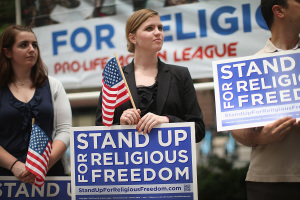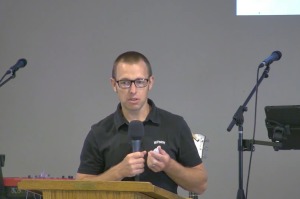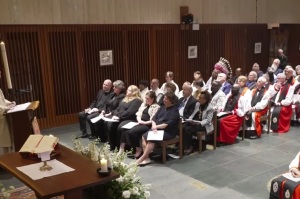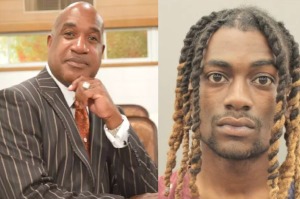Beyond the Christmas Lights: Peeling Back the Pagan Traditions (Part 1)
Recent winters have seen Christians fighting against the "War on Christmas" to defend Nativity scenes, the real meaning behind the holiday, and wishing people a “Merry Christmas” instead of “Happy Holidays.” But just how much of the Christmas traditions we see today is truly Christian in origin?
Centuries earlier, Christians put together many Christmas traditions as it's practiced today by co-opting ideas from their pagan neighbors.
"It's important to know your roots," said Mat Staver, founder and chairman of Liberty Counsel. "A lot of things we do today have pagan and pre-Christian origins."
Chas S. Clifton, editor of The Pomegranate, an international journal of pagan studies and co-chair of the Contemporary Pagan Studies Group in the American Academy of Religions, said many Christmas rituals are derived from pagan traditions.
"A great many Christmas traditions reflect seasonal attributes that have nothing to do with the Jesus story," Clifton said. "I would say that all celebrations having to do with light and the sun have a pre-Christian origin, even when given a Christian interpretation – Advent wreaths and candles, Scandinavians celebrating St. Lucia’s day, 'festivals of light and carols,' all that."
Dr. Bruce Forbes, professor of religious studies at Sioux City, Iowa-based Morningside College and author of Christmas: A Candid History, said that many current Christmas rituals emerged during the difficult winters pagans often encountered. Candlelight conquered darkness, he explained, and evergreens were valued for remaining green in even the harshest weather. Singing, drinking and dancing, meanwhile, reduced isolation and kept people positive.
Christians took such traditions from other societies, he said, eliminating their pagan associations and replacing them with their own explanations.
"I think in most cases this was a conscious Christian decision," Forbes said. "It helped them appeal to other cultures with the message of Christ while still keeping other traditions."
Clifton said many pagans initially celebrated Yule, a festival that marked the winter solstice and spring's eventual return. Christians seized on the parallel of resurrection, using it as a metaphor for explaining their faith's central tenet. As Staver sees it, such cooperation has made Christianity a successful faith.
"I don't think that just because there's a pagan origin to something that that should disqualify it from being used for an entirely Christian purpose," he said. "Christianity should transform everything it touches,” he noted.
Donald Heinz, professor of religious studies at California State University and author of Christmas: Festival of Incarnation, said Christmas shouldn't consist of arguments about which tradition takes something from which faith. Instead, he contends, Christians should consider how best to balance the sacred and secular worlds.
"Christmas is always both holy day and holiday, and this is good in the eyes of Christianity," Heinz said. "The problem is when holiday swamps holy day."
Staver said Christians can best celebrate Christmas by practicing their faith first and foremost. The debate over the holiday’s history, he said, is one which detracts from focusing on Christ's holiness.
"The essence of this season is celebrating Jesus' birth as the son of God," Staver said. "It was a momentous moment in history when God became incarnate in human flesh."




























